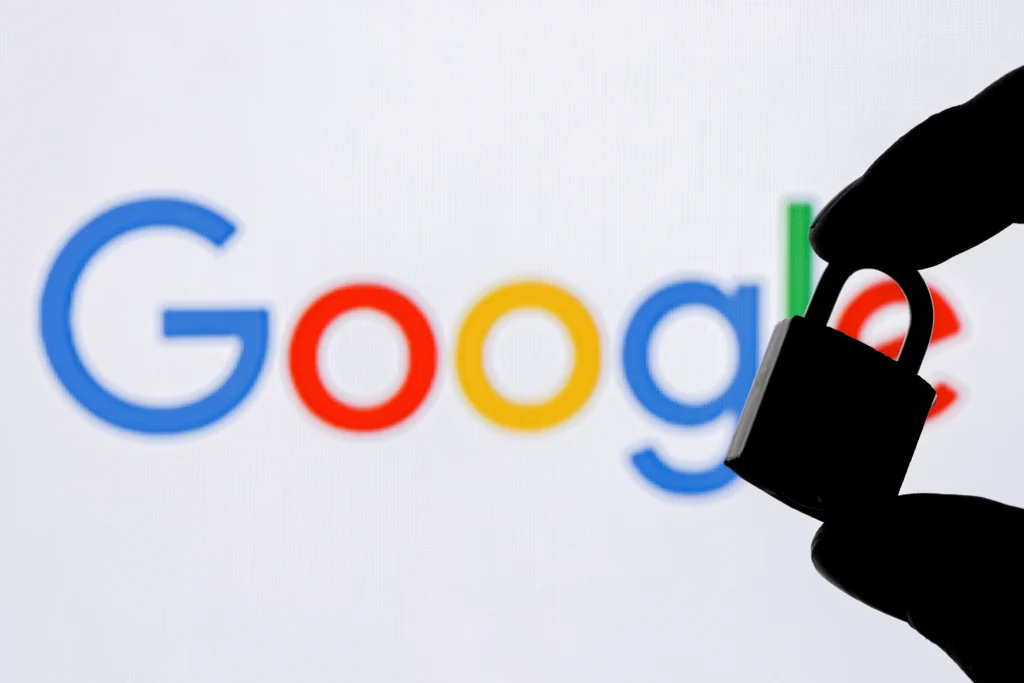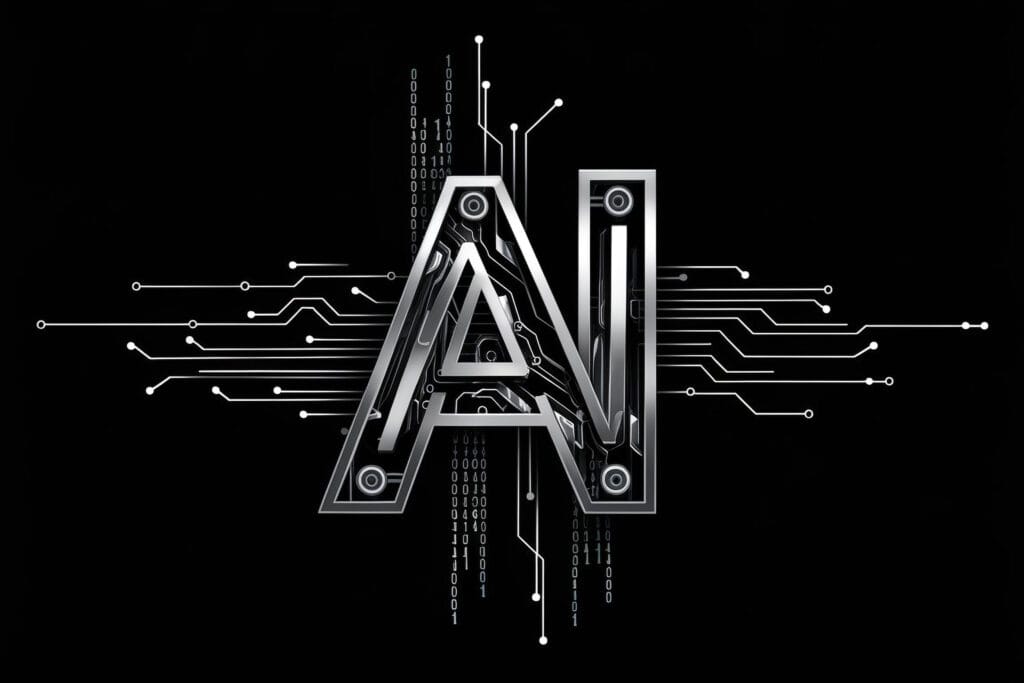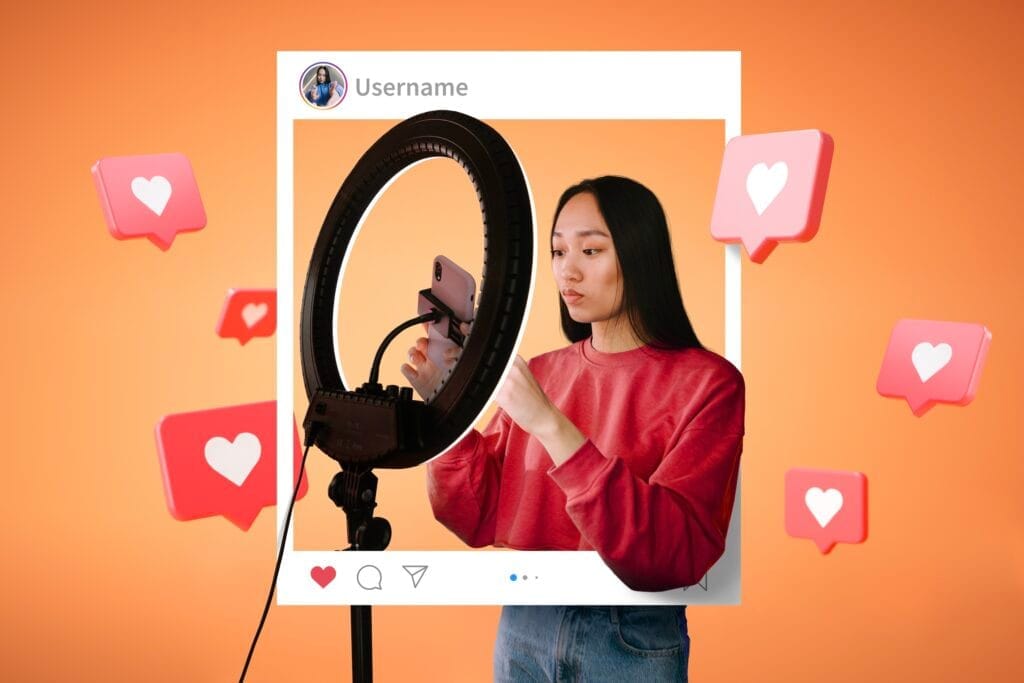Hello! Today I will tell you about how visual design, colors and artificial intelligence work wonders in marketing. Visual design has been used as an important communication tool since the existence of humanity and is an indispensable part of marketing strategies today. When the power of colors comes into play, it creates a revolution in the marketing world. When artificial intelligence (AI) technologies are involved, the complexion of things changes a bit.
Because artificial intelligence offers the opportunity to create more effective and attractive marketing materials by optimizing color selection processes. How Does?

The Role of Visual Design in Marketing
Visual design immediately reveals the identity of the brand and its role in marketing is quite large. Like the first sip of a fragrant coffee, visuals capture the consumer. As you will appreciate, aesthetically pleasing and eye-catching visuals always attract the attention of consumers and convey the brand's message effectively. Tunalı (2004) says that design includes both creativity and problem solving. Well, in marketing, it is necessary to use these two elements in a wonderful way to reach the target audience. This is where artificial intelligence comes into play. To hit the target from 12.
The Effect of Colors on the Consumer
Colors affect our mood, our perception, in short, everything. What did Grossman and Wisenblit (1999) say? Colors even affect our purchasing behavior. So, what color means what? Here's a little color guide:
- Red: Energy, passion and desire
- Orange: Joy, affordability and health
- Yellow: Cheerfulness, optimism and uplifting effect
- Green: Nature, freshness and health
- Blue: Peace, tranquility and cleanliness
- Purple: Luxury, ambition and mystery
- White: Security, purity and cleanliness
- Black: Power, authority and prestige
Studies on the perceptual and psychological effects of colors have shown that consumers' expectations and perceptions of the product are shaped through colors. Ceratto (2012) stated that the red color is appetizing and is frequently used in food products. Nilsson and Öström (2005) state that cold colors are calming and warm colors are stimulating. So colors keep playing with our minds and preferences!

Color Selection and Visual Design with Artificial Intelligence
Artificial intelligence Thanks to this, color selection is now child's play. Adobe Sensei and Google's DeepDream tools analyze thousands of data sets and recommend the most appropriate color combinations. Color schemes that will suit the target audience perfectly are created in seconds. Just asking the right question is enough. Many companies have already included artificial intelligence in visual design.
The learnable nature of artificial intelligence, its ability to analyze thousands of data at the same time, its ability to quickly learn consumer preferences, and its ability to easily differentiate their tastes seem to make the use of these tools in visual design increasingly widespread.
Who are these companies? Let's look briefly at a few examples.
Netflix Example
Netflix uses AI to create personalized banners by analyzing user preferences and viewing habits. Are we surprised? Considering that this strategy not only improves user experience but also increases interaction and loyalty rates, our answer is of course no.
So what kind of strategy does Netflix follow? It creates personalized banners by analyzing users' preferences. It shows scary posters to those who like horror movies, and romantic posters to those who like romantic comedies. Good idea, right? It attracts users' attention and increases viewing time.
Coca-Cola Y3000
Coca-Cola also launched Y3000, a new AI-powered packaging design, in 2023. This design, aimed at young people, adapts to today's trends. Coca-Cola optimized color combinations with AI and created a modern packaging. This packaging looks more attractive and modern to consumers. Here, artificial intelligence optimizes the combinations and placement of colors.
Ülker Albeni
Ülker innovated by using AI in Albeni's packaging design. The new packaging was designed with warm colours. Ülker's research shows that red and orange colors create positive emotions and increase sales. These colors are emphasized in attractive packaging. Here, artificial intelligence analyzes the effects of colors and offers the most suitable combination.
Google Ads
Google, in advertising and marketing campaigns It uses AI-powered color personalization. It shows colorful ads based on users' search history. Green is used for those looking for natural products, and vibrant and modern colors are used for technology enthusiasts. It offers a special, wonderful experience for everyone. Here, artificial intelligence analyzes user behavior and personalizes ads accordingly.

Future Trends: Synergy of AI and Visual Design
What awaits us in the future? New trends are coming with the integration of AI and visual design. Generative design, real-time personalization and advanced creativity are just a few. Generative design will be accomplished using AI algorithms that generate multiple design options based on specified parameters. Real-time personalization will deliver dynamic visuals that instantly adapt to user behavior. Enhanced creativity will be used as a collaborative tool where AI enhances human creativity by providing new perspectives and ideas.
Conclusion
When visual design and artificial intelligence combine, the marketing world turns into a real festivity. Thanks to their ability to analyze and automate data, designers can create more effective, personalized and engaging visuals. Understanding the power of colors and using AI-supported tools takes marketing strategies to the top.
If your brand wants to shine in the competitive market, I advise you not to miss these trends! Also, check out our new podcast series so you don't miss artificial intelligence trends. from Spotify Don't forget to listen.




